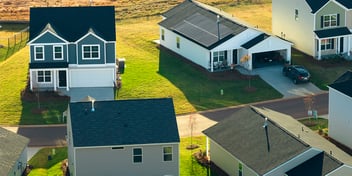- Home »
- Learningcenter »
- Everything energy efficient roofing
Everything You Need to Know About Energy-Efficient Roofing
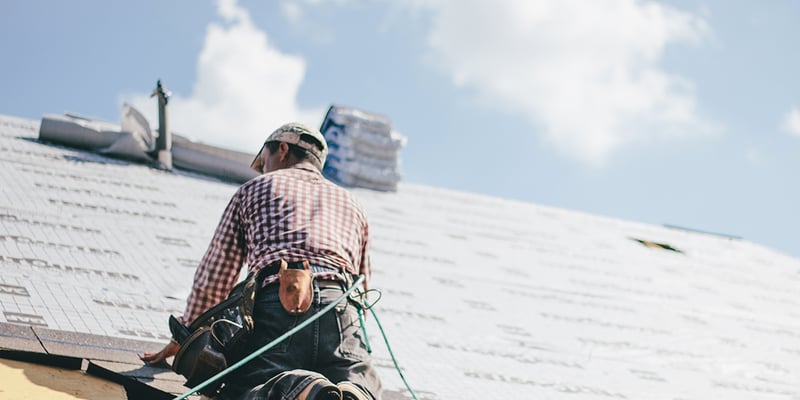
According to the U.S. Energy Information Administration, 87% of homes in the United States rely on air conditioning equipment to keep living spaces cool in the hot summer months. In fact, air conditioning accounts for about 12% of U.S. energy expenditures.
Aside from the environmental concerns surrounding cooling systems and energy use, keeping your home cool can be expensive. For this reason, an increasing number of consumers are interested in energy-efficient roofing systems that help reduce the burn on their A/C units and decrease the cost of cooling.
What makes a roof energy-efficient, though? What types of material options do you have if you’re interested in installing an energy-efficient roof? Let’s take a look at the answers to these questions and more to help you make an informed decision about what makes sense for your home or commercial building.
What Makes a Roof Energy Efficient?
Did you know that the temperature of your roof can get 90 or even 100 degrees hotter than the air temperature outside? This is because dark, non-reflective roofs will absorb heat from the sun. This heat then transfers into the attic of your home and the living space itself.
You can certainly reduce the transference of heat from the roof to your home using good insulation. Ultimately, though, a roof that is absorbing heat will heat the attic, and an overheated attic will result in your cooling system working harder than necessary.
There are two primary forces in question when you are thinking about how to stop the transference of heat from your roof to your home.

The first is solar reflectance. There is a metric known as the Solar Reflectance Index, which measures how capable a roof is of reflecting solar heat and releasing absorbed heat. The higher the Solar Reflectance Index number a roof is given, the more able it is to reject and release heat.
According to some studies, an increase in your Solar Reflectance Index rating from 25 to 40 can translate to a 15-20% savings on your cooling costs. A small increase in the SRI of this amount can reduce the temperature on the surface of a roof by thirteen degrees or more.
Darker roofs are less capable of reflecting heat, while lighter colors are better able to reflect heat. There are also roof coatings that can be applied in some scenarios that increase the amount of reflectivity.
The second factor that impacts how cool a roof stays is ventilation. When efficient and effective ventilation systems are in place, it can ensure that heat in the attic doesn’t end up in your living spaces.
If you are having your roof replaced or repaired, it’s worth asking your roofing contractor about your attic ventilation system and whether there is anything that can be done to improve the release of heat from the attic so it doesn’t end up in the lower levels of your home.
Understanding the Difference Between Cool Roofing and Energy-Efficient Roofing
You will commonly find the terms “energy-efficient roofing” and “cool roofing” used interchangeably, but there is technically a subtle difference between the two terms. According to the Department of Energy, a cool roof is a roof that “has been designed to reflect more sunlight and absorb less heat than a standard roof.” From this perspective, many energy-efficient roofs could be referred to as “cool roofs.”
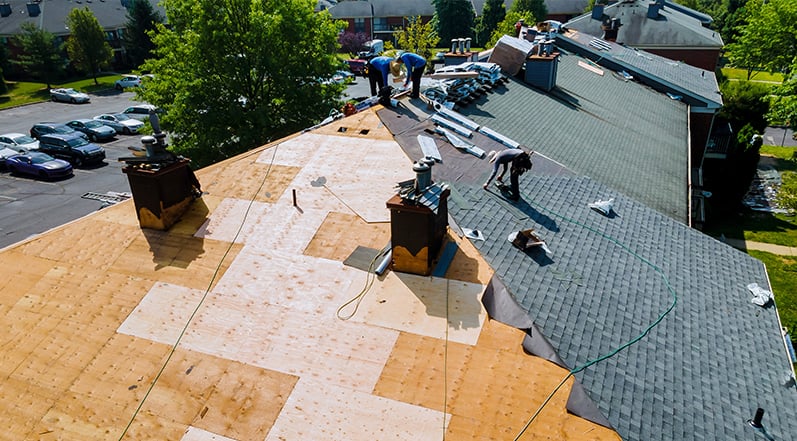
At the same time, you will most often find the phrase “cool roof” used in relation to commercial installations and flat roofs. On the other hand, the term “energy-efficient roofing” is more frequently used to describe any type of roofing system– regardless of pitch or the type of structure– reflecting thermal energy.
The Benefits of Energy-Efficient Roofs
Cool roofs and energy-efficient roofs can offer many benefits to a structure and the people inside. Here are a few of the most compelling reasons you might want to install an energy-efficient roof on your home:
- ● Reduces air conditioning needs and therefore reduces energy bills
- ● Qualifies for money-saving rebates through government programs or utility companies
- ● Helps undersized or inefficient cooling systems provide sufficient cooling during the summer
- ● Improves indoor comfort
- ● Improves indoor safety for structures or spaces that don’t have air conditioning
- ● Potentially extends the life of your roof by decreasing roof temperature
- ● Makes it possible to install a smaller, less costly cooling system
Though energy-efficient roofing helps to keep your home or building cooler during the summer, it also doesn’t absorb as much sunlight during the winter. This means that it can increase the need for mechanical heating during the colder months when compared to a dark-colored roof that absorbs heat from the sun.

Beyond the benefits for the building and the people who spend time inside it, there are also larger environmental benefits to energy-efficient roofs, particularly when a community has a large number of homes with this type of roofing system. Some of the environmental benefits include:
- ● Potentially preventing power outages due to reducing peak electricity demand
- ● Lowering the urban heat island effect by keeping local outside air temperatures down
- ● Slowing smog formation from air pollutants thanks to cooling the outside air
- ● Helping to offset global warming due to reflecting the rays of the sun
- ● Reduce the emissions from power plants due to less energy demand for the purposes of cooling buildings
- The Different Types of Cool and Energy-Efficient Roofing
There are a lot of different options on the market for roofing materials, and many of them have cool or energy-efficient options.

The type of material you use on your roof will, in part, be determined by whether your roof is steep or low-slope, as you will want to make sure that the material you use is effective at shedding and directing water off your roof and away from your building.
Energy-Efficient Roofing Materials For Steep Roofs
Steep roofs are roofs with a pitch greater than 2:12. You can use many different types of materials on a home with a steep roof that offers varying amounts of protection from the sun’s rays.
One of the most energy-efficient forms of roofing is metal roofing. Metal roofs require very little maintenance and can last for more than five decades. One of the reasons that metal roofs are great from an energy-efficiency standpoint is that they are highly reflective, sending heat from the sun away from your building. The efficiency rating of metal roofs can be even further improved when they are coated.
Standing-seam metal roofs can be used on both steep and low-sloped roofs. These can be surfaced with mineral granules, painted, or unpainted from the factory. Though unpainted metal does a great job reflecting the sun’s rays, they tend to get hotter in the sun than painted metals as they are poor thermal emitters.
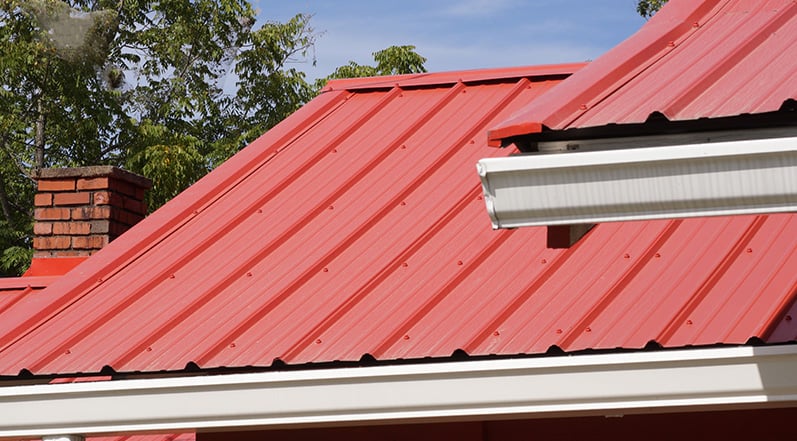
Another energy-efficient choice for steep roofs is tile roofs. Made from clay, slate, or concrete, these tiles can be pre-treated in order to maximize reflectivity. For homes that already have tile roofs, the coating can be applied after installation. An additional benefit of this type of roof is that they allow for airflow under the tiles, which makes them more capable of releasing heat that does get absorbed by the roof.
The most common roofing material on homes in the U.S. is asphalt shingles. Though these have historically been one of the most heat-absorbing and non-reflective options on the market, things have changed in recent years. Some come with solar-reflecting granules, and others are available in lighter colors that are less likely to absorb heat from the sun.
Cool Roofing Materials for Low-Sloped and Flat Roofs
If you have a low-sloped roof, meaning the pitch is equal to or less than 2:12, there are a number of options that can help keep your building cool.
The first option on the table is single-ply membranes. These prefabricated sheets can be attached to your roof using a few methods: chemically adhered, mechanically attached, or held in place with ballast. Single-ply membranes that are light or cool-colored can help to keep your building cool.
Some of the most popular types of single-ply roofing membranes are TPO, PVC, and EPDM. Make sure you check out our comparison of these popular roofing membranes.
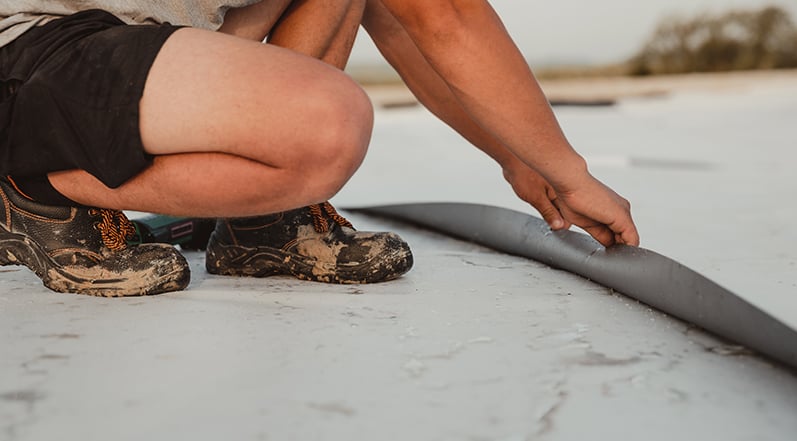
Another option is modified bitumen membranes. These consist of one or more rubber or plastic layers that are further reinforced with fabrics. On top of these membranes, a smooth finish or mineral granules can either be. Hybrid roofs can be created by surfacing a built-up roof with modified bitumen sheets.
In order to choose the coolest option when opting for a modified bitumen sheet membrane roof, you’ll want to choose a cap sheet that has a reflective coating or reflective mineral surface.

Built-up roofs can be made cool when the cap sheet has a reflective coating or reflective mineral surface. You can also field-apply a reflective coating and choose gray slag or reflective marble chips rather than dark gravel.
Finally, another cool roofing option for flat or low-slope roofs is spray polyurethane foam roofs. Made by combining two different liquid chemicals that then form one solid piece and are covered with a protective coating. This protective coating usually offers cool roof performance as it is highly reflective.
Do You Really Save Money With Energy-Efficient Roofs?
There are a number of ways that you can save money using an energy-efficient roof. Most notably, you can lower your energy bills by as much as 25%. This means that the average household could save between $300 and $500 annually on their utility bills.
Another way that you can save money with this type of roof is by extending the life of your cooling systems. When your A/C has to work really hard all the time to keep your home cool through the summer, you’ll find that it requires more frequent maintenance and reaches the end of its life sooner. With a roof that helps to keep the temperature down in your home, your cooling systems will likely last longer from the reduced strain.
Finally, there are also a number of rebates you can get when you have an energy-efficient or cool roof through state and municipal programs. The Energy Star rating program also offers tax credits.
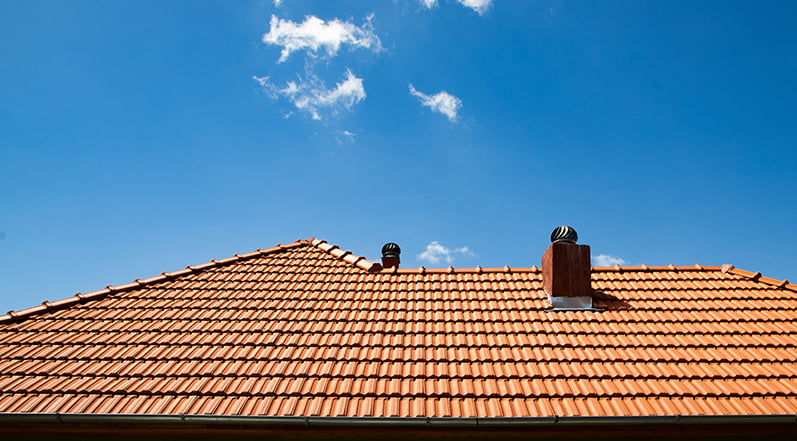
According to Energy Star, cool roofs save more energy in hot, sunny climates or on buildings that don’t have a significant amount of roof insulation. According to the Lawrence Berkeley National Lab Heat Island Group, a clean white roof will reflect 80% of the sunlight on a typical summer afternoon, allowing it to stay roughly 50 degrees cooler than a gray-colored roof that is only able to reflect 20% of the sunlight.
The Cool Roofing Rating Council has created a list of financial incentives for installing cool roofs, organized by the state you live in. You can find additional financial incentives on the Database of State Incentives for Renewables & Efficiency.
Are You Interested in Installing an Energy-Efficient, Cool Roof?
If you want to save money when it comes to energy expenses, you’re not alone.
For commercial properties, one of the best ways to keep your cooling costs down is by installing reflective roofing material that helps to enhance energy efficiency and improve heat transfer– cool roofing.
For residential homes, there are a number of different options available on the market that can help keep your utility bills down and allow you to qualify for rebates. Whether you’re interested in asphalt shingles, metal roofing, or another type of roofing system, we are here to answer your questions and are more than happy to come out and offer an estimate.
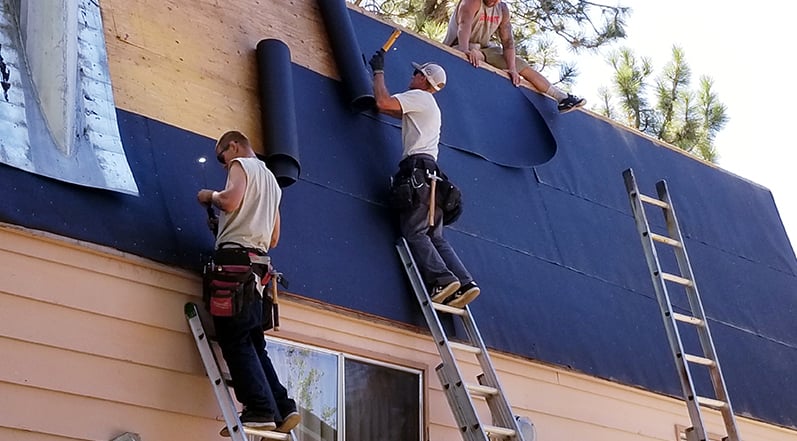
At Colony Roofers, we understand that one of the primary concerns of residents and business owners in the Atlanta area is keeping buildings cool and energy costs down during the hot summer months. With a hand-selected team of experienced and hard-working roofers and a mission to offer the highest-quality roofs for the lowest prices, Colony Roofers is here to help you ensure that your home or building is protected for decades to come.
If you’re ready to start exploring your options when it comes to energy-efficient roofing materials, contact us today with any questions you might have or to schedule an estimate.
 Call (678) 365-3138
Call (678) 365-3138

